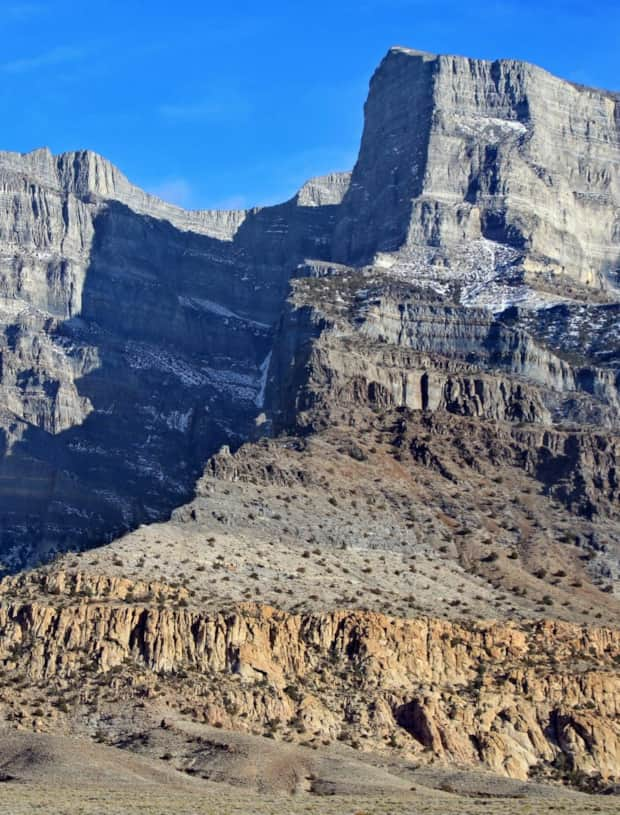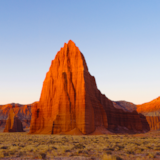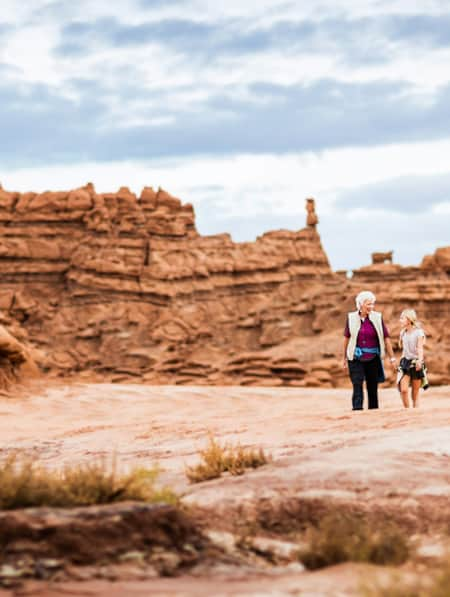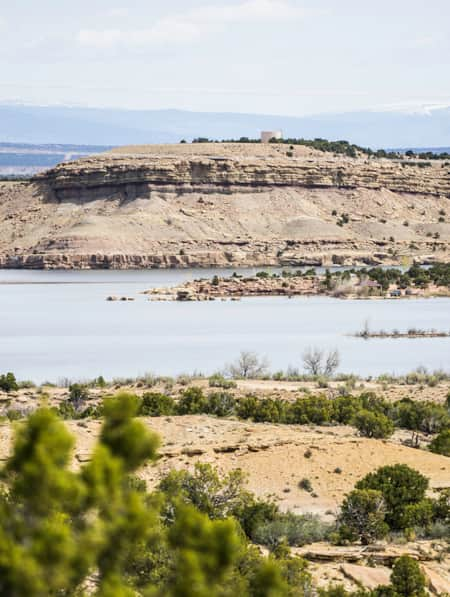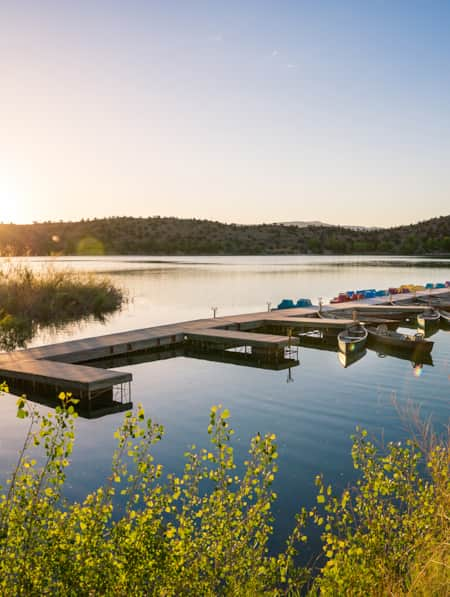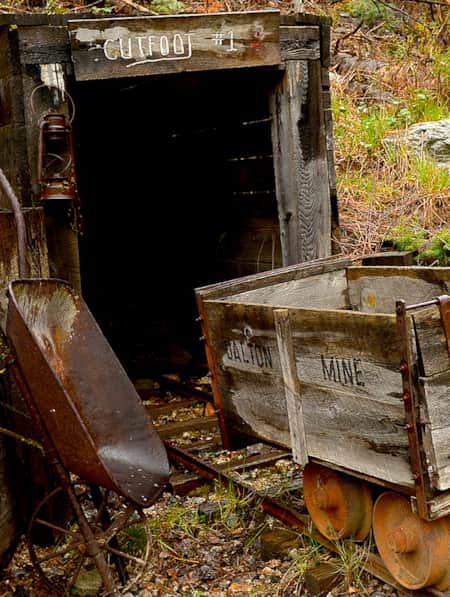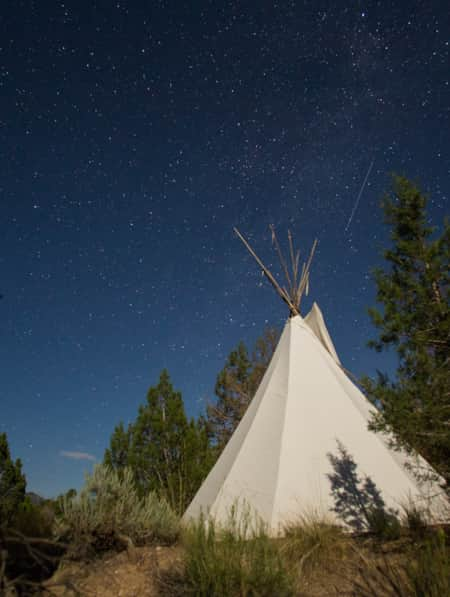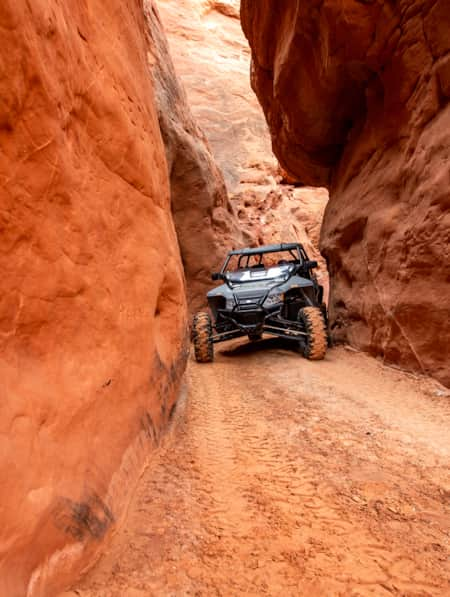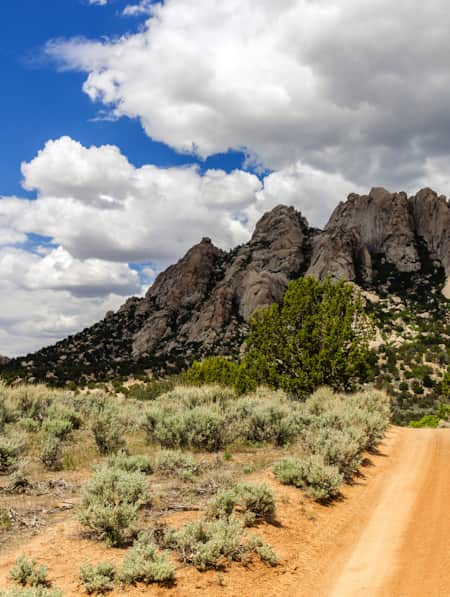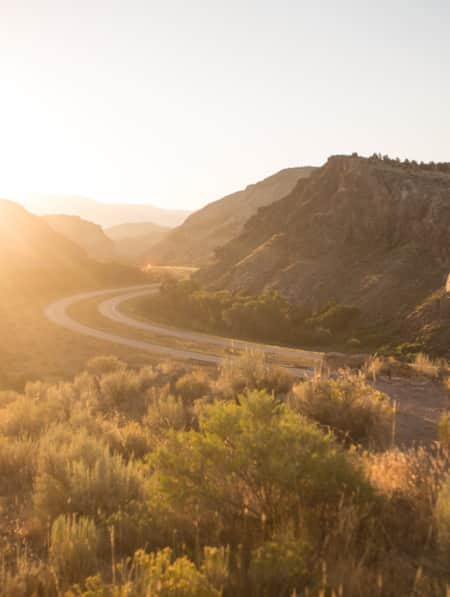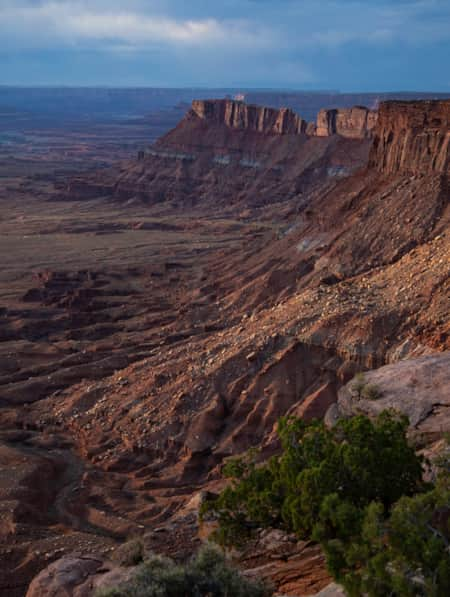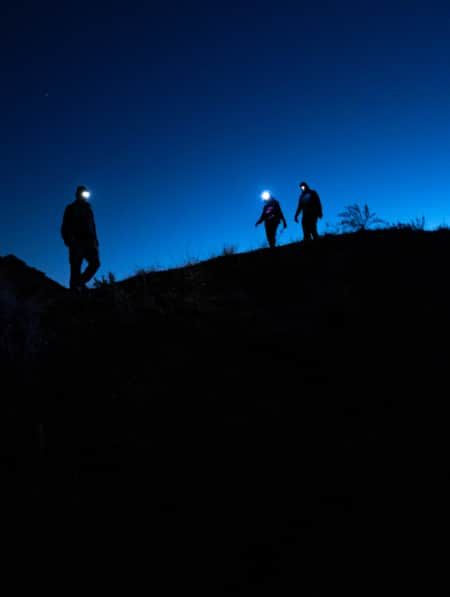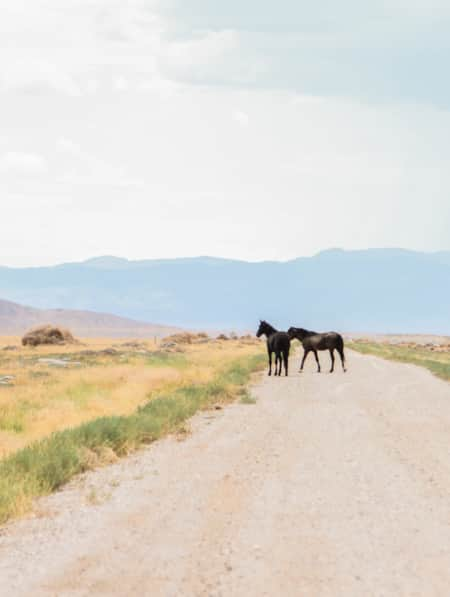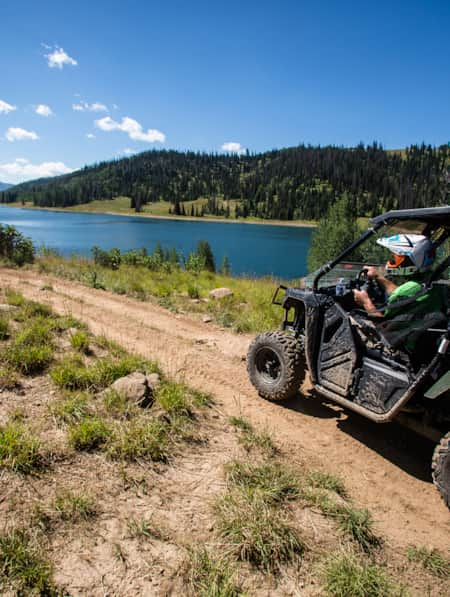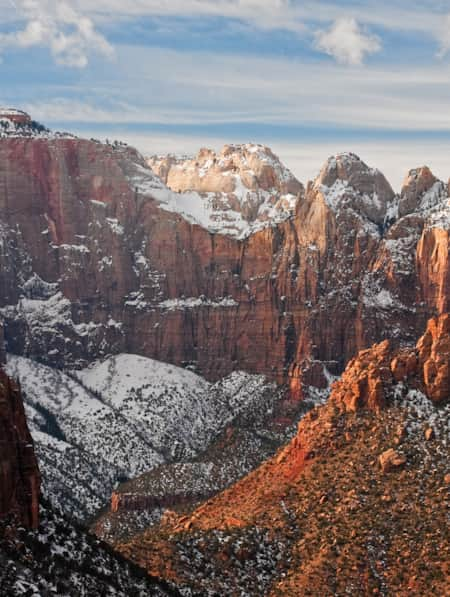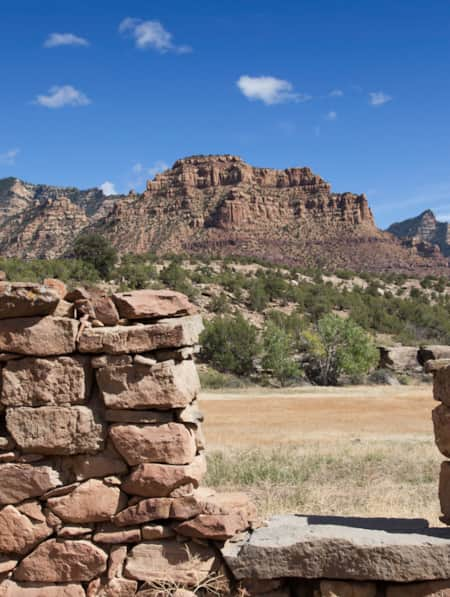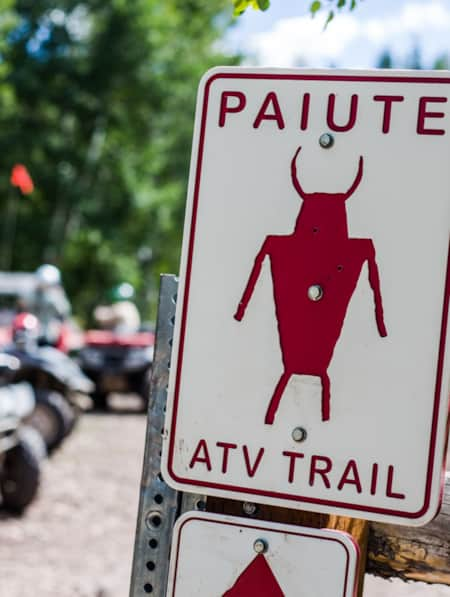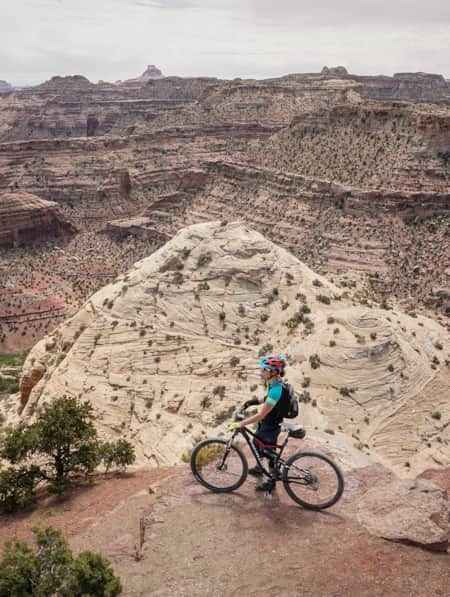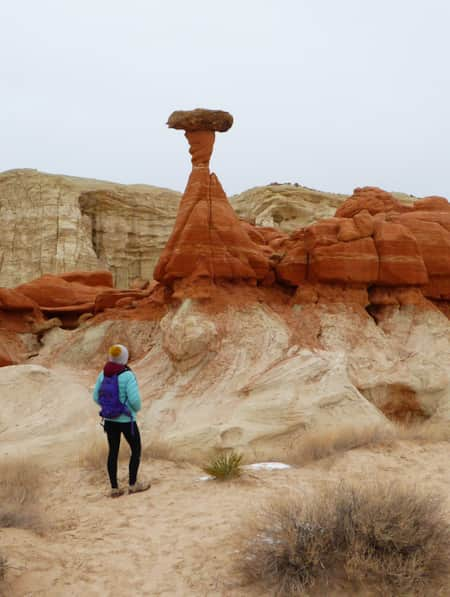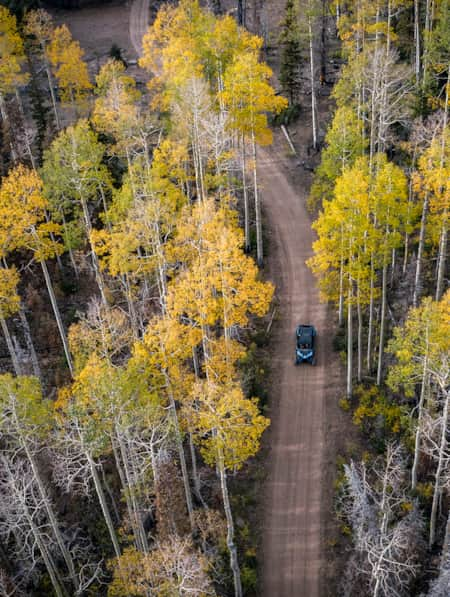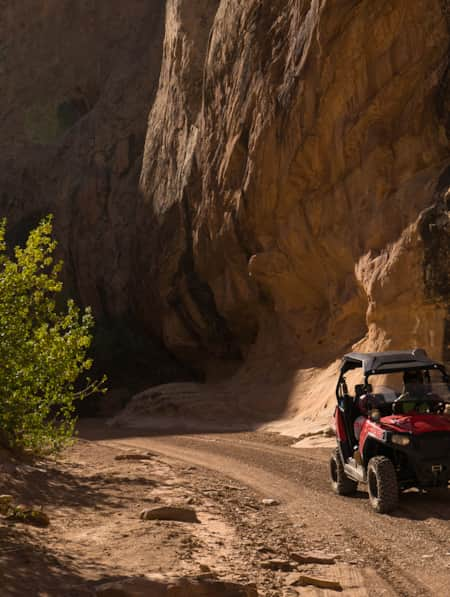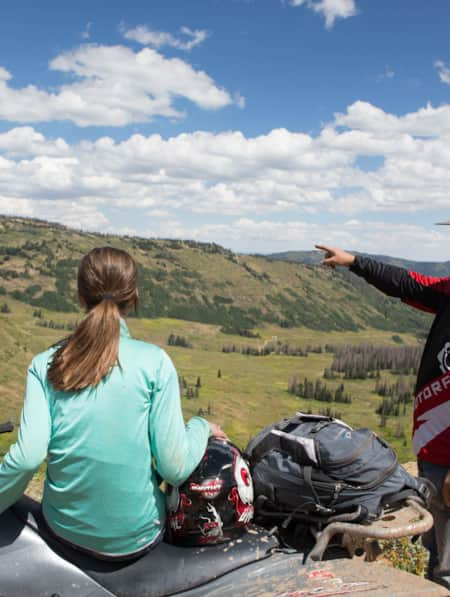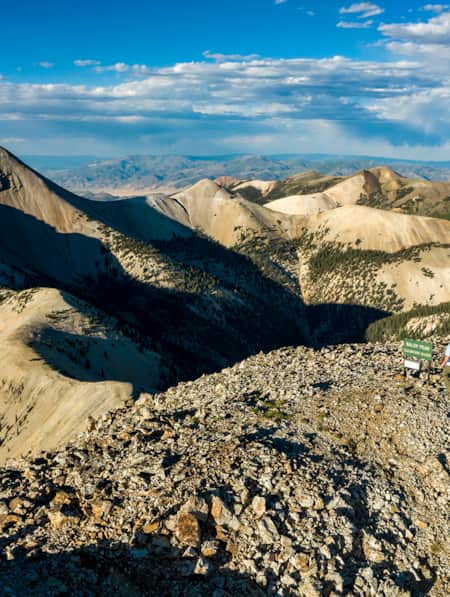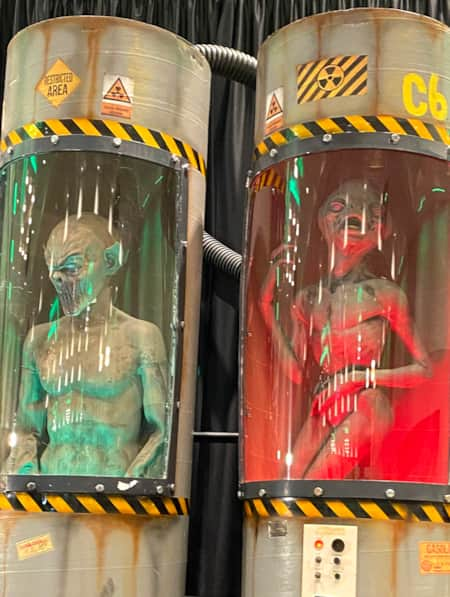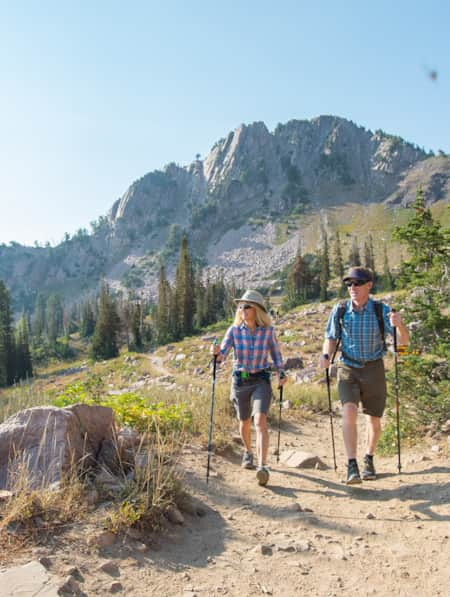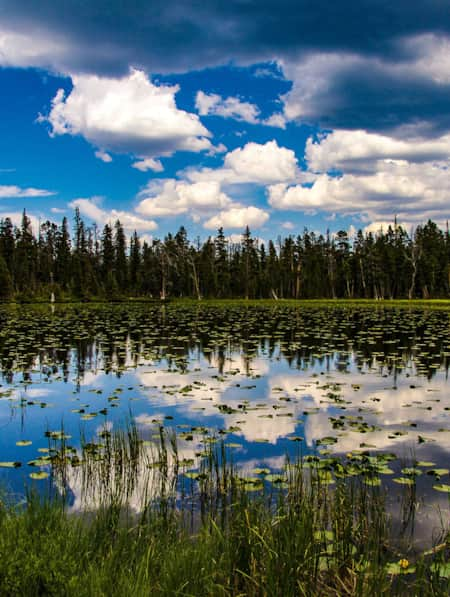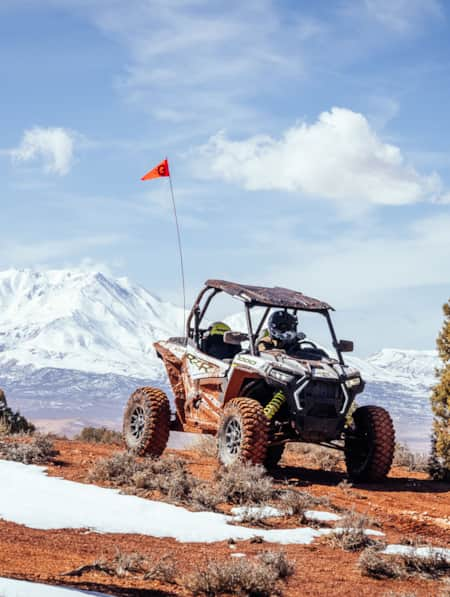Exploring Utah's Little Sahara
A Sandy Slice of Paradise for ATV Enthusiasts
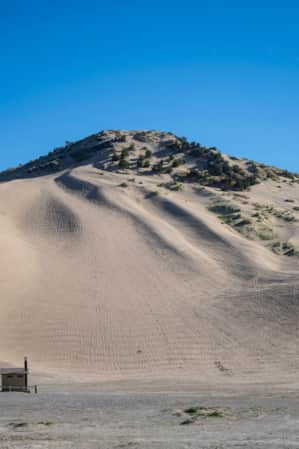
While Utah may be best known for its snowy peaks and towering red rock cliffs, those are just some of the diverse landscapes to be found in the state. The stark yet beguiling Sevier Desert extends into the Great Basin National Heritage Area, drawing savvy adventurers for adrenaline-packed explorations of its iconic sand dunes. In the northwest corner of the vast Sevier Desert — and only about a half-hour west of I-15 — the 60,000-acre Little Sahara Recreation Area (LRSA) has become a destination for ATV enthusiasts, sandboarding and sand-skiing.
Little Sahara sits 115 miles southwest of Salt Lake City, less than a two-hour drive away. This part of Utah has few towns and is short on paved roads, and the recreation area is surrounded by yet more desert to the north, west and south, adding to the landscape’s remote feel.
The Little Sahara dunes, one of which towers to some 700 feet, are the remnants of the 12,500- to 20,000-year-old Sevier River Delta, whose namesake river once flowed into the ancient Lake Bonneville. As the lake began to disappear, newly exposed sand from the river delta was picked up by strong winds and collected in the present-day dunefield. The dunes continue to move, too, shifting by an average of five to nine feet every year.
Today, Little Sahara is overseen by the Bureau of Land Management. It sees upwards of 300,000 visitors a year, with the busiest periods on the holiday weekends around Easter, Memorial Day and Labor Day. As with most popular recreation hotspots, if you can plan a trip during the week, you won’t have nearly the crowds to contend with. Keep in mind that the sand gets incredibly hot throughout the day — so plan your adventures accordingly.
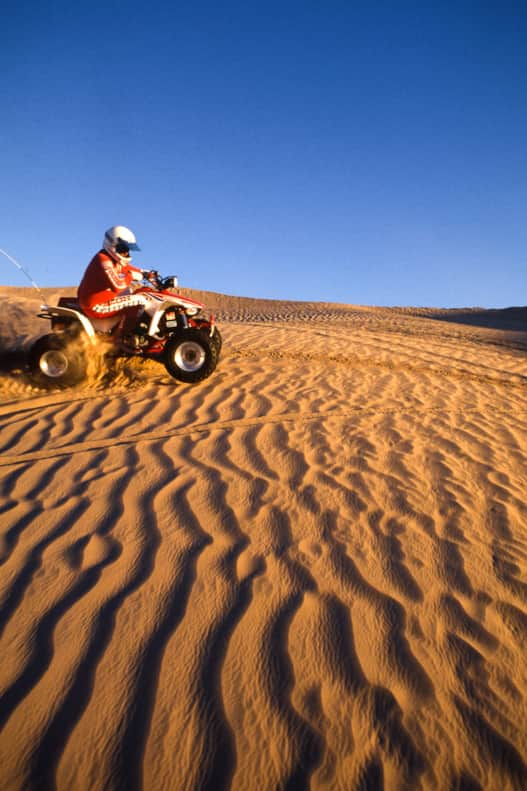
A day on the dunes.
Photo: Frank Jensen
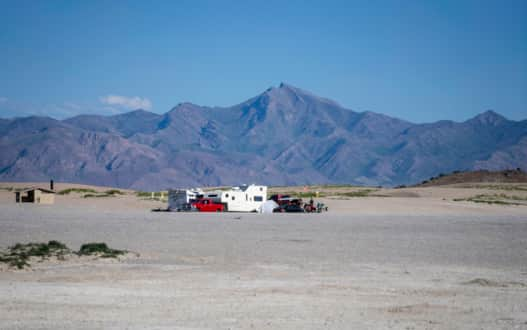
The isolated Little Sahara Recreation Area offers plenty of space for base camps and for ATVs to explore.
Photo: CMK Photography
Where to Camp
The BLM maintains four campgrounds for a total of 255 improved campsites. The 114-site Oasis Campground is the most developed and includes an RV dump station, as well as access to some trails and smaller dunes. The Jericho Campground, originally a picnic area (it still has shady shelters for its picnic tables), is great for groups and is often used for overflow camping. White Sands Campground is the most picturesque of the four. Dotted with junipers, it offers easy access to nearby dunes. The Sand Mountain Campground is the most primitive, and it’s especially coveted on busy weekends.
Each campground has a potable water source and plenty of maintained toilets (flush during the summer; vault in the winter months). Dispersed camping is also allowed away from established roadways — be sure to follow Leave No Trace guidelines if you’re camping outside an official campground.
What's Nearby
-
Fillmore
Learn about Fillmore, UT, and plan your stay with a list of hotels and attractions in the area. Enjoy hiking in Territorial Statehouse State Park.
-
Delta
Delta is known as a base camp for exploring the Little Sahara Sand Dunes and the West Desert. Delta is a stopping point on the way to Great Basin National Park, visiting town to see the Great Basin and Topaz Museums, Fort Deseret and the old Van’s Dance Hall.
-
Great Basin National Heritage Area
If you like the sound of ghost towns, wild horses, rockhounding for ancient fossils and remote hot springs — this is the area for you.
-
Yuba State Park & Reservoir
The sandy shores and pleasant waters of Yuba Reservoir beckon anglers, swimmers and kayakers. Explore Yuba State Park’s camping sites, OHV trail system, weather, entry fees and pet policy.
-
Mt. Nebo Botanical Farm & Distillery
The Mt. Nebo Botanical Farm & Distillery in Mona, Utah, is one of the world’s largest privately-owned essential oil distilleries, spanning nearly 1,700 acres.
